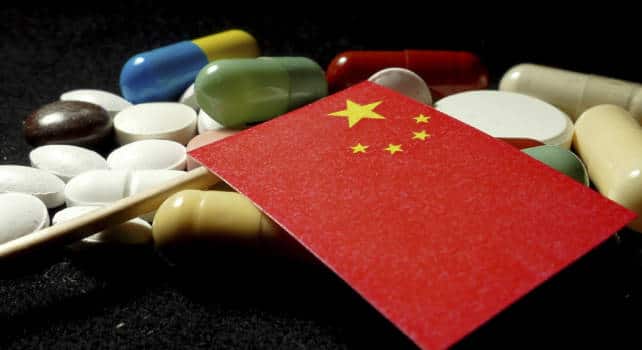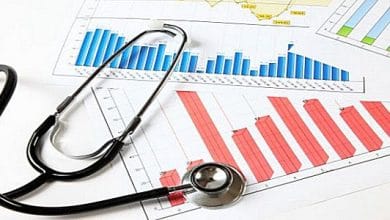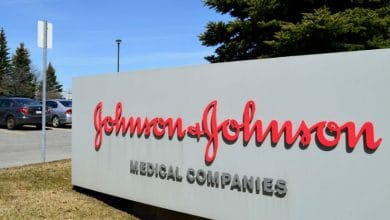
According to data recently collected by the health information company IQVIA, China reached the second position as the world's largest domestic pharmaceutical market in 2017, with a value of 122 trillion dollars. It was also the largest emerging market for pharmaceutical manufacturing with an increase from 145,000 million to 175,000 million euros expected by 2022.
This growth is fueled by the characteristics of the country's population, with a large proportion of the rapidly aging middle class, accounting for a significant growth for medical needs.
"The development of the pharmaceutical industry in China is still at an early stage due to the low percentage of expenditure that the country allocates of its GDP to this sector," he commented. Mark Kong and Chris Gao, DBS analysts, in a recently published note. “The progressive aging of the population and the higher percentage of senior citizens over 60 also gives a great opportunity for growth because these factors cause an increase in the demand for medicines in the country.”
In this sense and according to experts, there has not yet been the annual growth of the Chinese pharmaceutical market, in the period 2013-2017, which was 9.4 percent.
Furthermore, comparing this data with the United States, considered the country with the largest consumption of drugs in the world, it reached a spending of 466,000 million dollars, and Japan spent 84,000 million.
Generic drug expansion
China already has ambitions to start exporting generic drugs around the world. In 2017, a total of 38 generic drugs developed in the country have obtained approval from the FDA, compared to 22 approvals that occurred during the previous year.
Due to this growth, and as planned for the "Made in China 2025" industry in Beijing, President Xi Jinping has identified the pharmaceutical sector as a strategic area to be promoted, focusing on local innovation, research and development.





